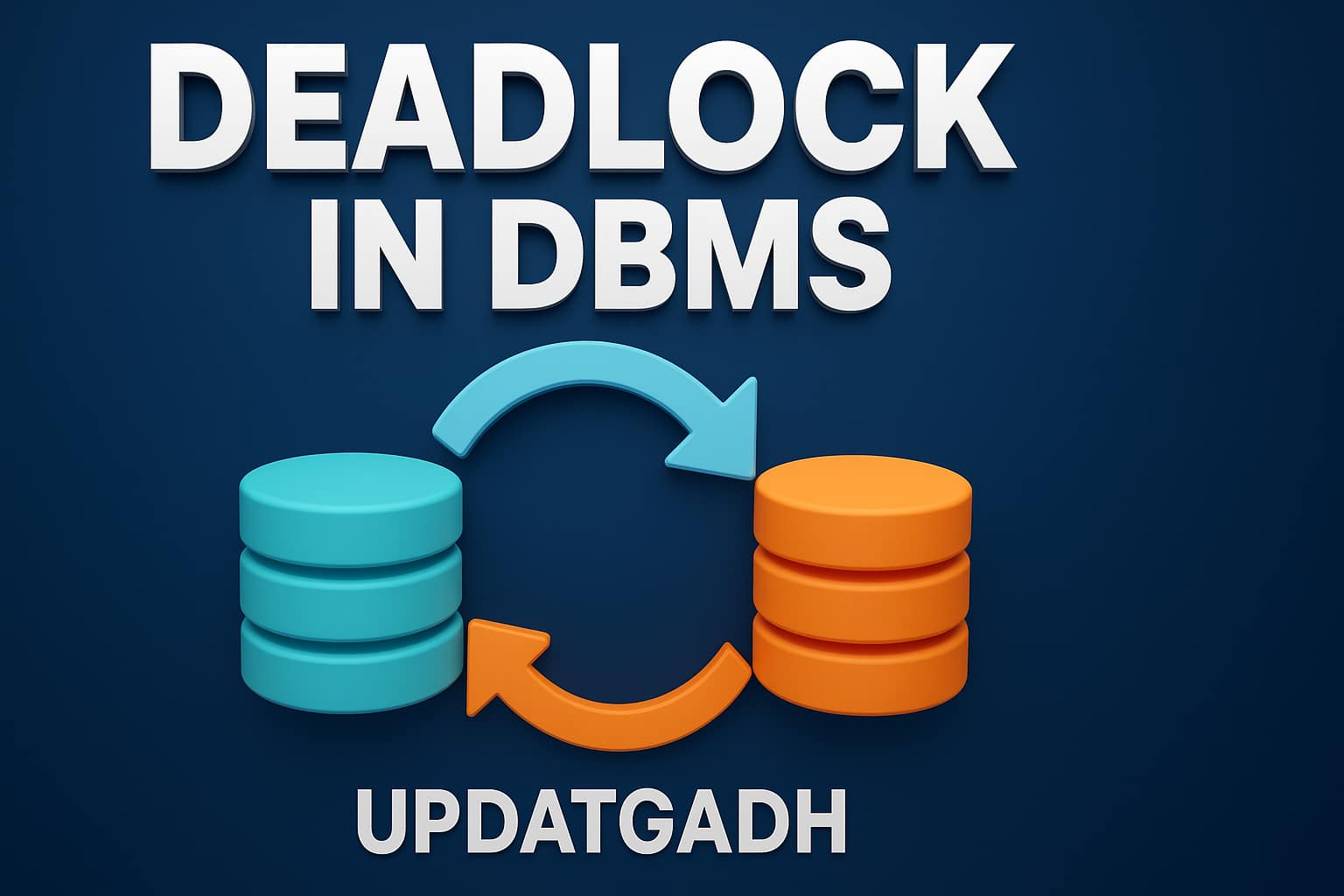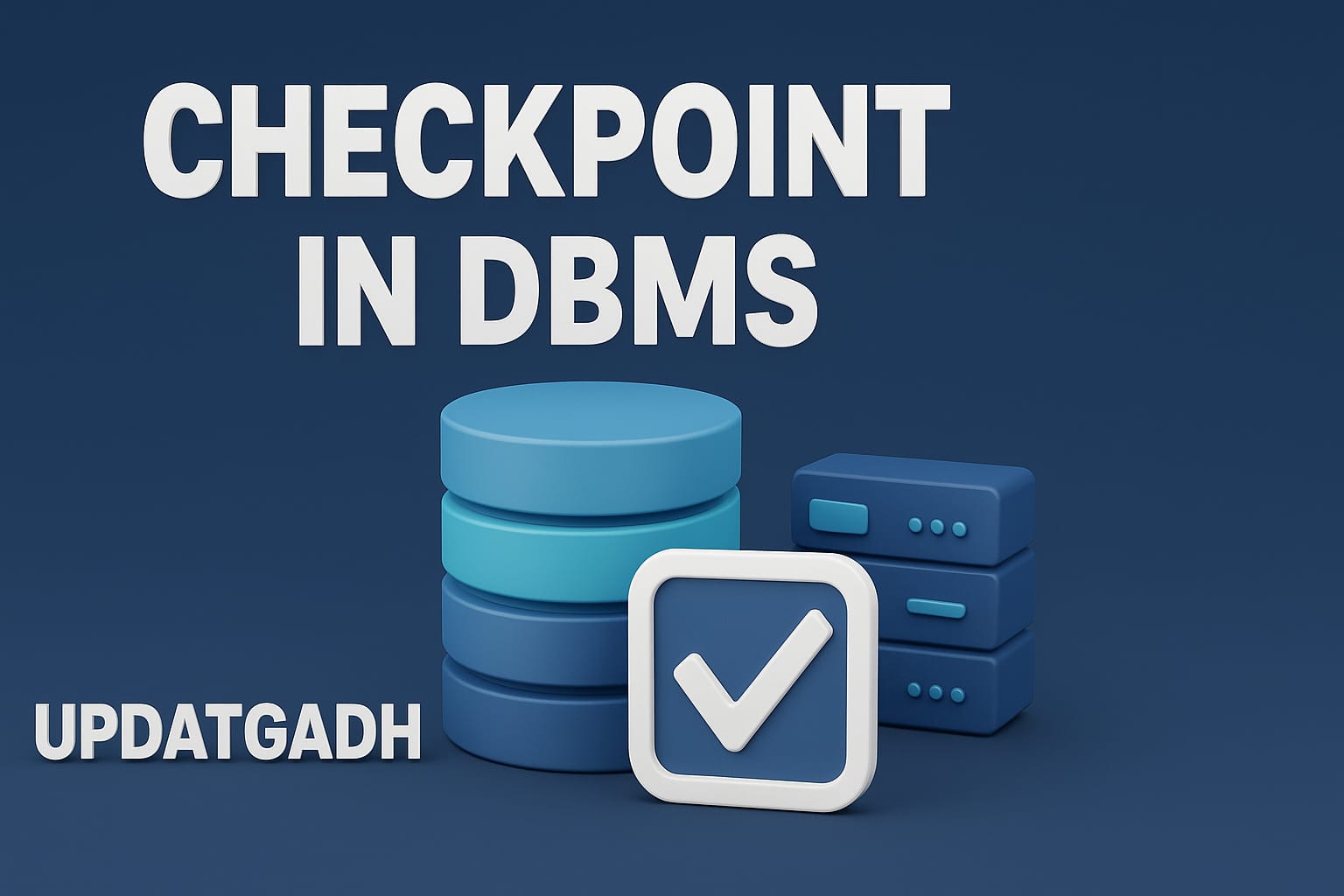
Failure Classification
Failure Classification
Introduction
Understanding the different types of failures in a Database Management System (DBMS) is essential for maintaining data integrity and ensuring smooth system operations. Failure classification allows database administrators to identify potential risks, pinpoint root causes of system interruptions, and apply appropriate recovery mechanisms effectively.
Machine Learning Tutorial:–Click Here
Data Science Tutorial:-Click Here
Complete Advance AI topics:- CLICK HERE
Deep Learning Tutorial:- Click Here
Failure Classification
One of the easiest ways to understand DBMS failures is by analyzing their causes.
Hardware failures are typically sudden and can significantly disrupt system operations. Common examples include hard drive crashes, power outages, or memory malfunctions. External factors such as overheating, voltage spikes, or faulty components can also contribute to hardware failures. These events can result in partial or complete data loss, which is why regular backups and a robust recovery plan are critical.
Software failures arise from issues within the database software or the applications interacting with it. They may occur due to coding errors, system bugs, or incompatibility between software versions.
Another approach is to categorize failures based on their impact. Not all failures affect the system equally:
- Transient failures are short-lived and usually cause minimal disruption. For example, a brief network disconnection or temporary system overload may pause operations but typically allows normal functioning to resume. These can often be managed effectively through retry mechanisms or temporary fallbacks.
Failure Categorization
Failures can be generally classified into the following categories:
- Transaction Failure
- System Crash
- Disk Failure
1. Transaction Failure
Transaction failures occur when a transaction cannot complete or reaches a point where it cannot proceed further. This type of failure typically affects one or a few transactions without impacting the entire system.
Causes of Transaction Failure:
- Logical errors: Errors in the transaction’s logic or internal conditions can prevent it from completing successfully.
- Syntax errors: The DBMS may terminate a transaction if it cannot execute it due to system limitations, deadlocks, or resource unavailability.
Pros:
- Improved Reliability: Early detection of transaction failures prevents corrupt or incomplete data from entering the system.
- Efficient Problem Solving: Knowing whether a failure is due to a logical error or system issue helps developers and administrators identify and fix problems faster.
Cons:
- Increased Complexity: Monitoring and managing transaction failures require additional logic, making the DBMS more complex.
- Performance Overhead: Continuous checks for logical or system errors may slow down transaction processing.
2. System Crash
System crashes occur when the database environment unexpectedly stops functioning due to hardware or software failures, such as power outages, operating system errors, or sudden transaction failures.
System crashes typically affect volatile memory (RAM), where unsaved data can be lost. However, non-volatile memory (such as hard drives or SSDs) is generally assumed to remain intact, following the fail-stop assumption. This assumption is crucial for designing recovery strategies to restore the system to a consistent state.
Pros:
- Simplified Recovery: The fail-stop assumption allows the system to focus on restoring unsaved transactions.
- Data Integrity Preservation: Proper logging and backup strategies ensure important data remains protected.
Cons:
- Volatile Data Loss: Changes stored in RAM but not yet saved to disk are lost, which can affect recent transactions.
- Downtime: Crashes often result in service interruptions, requiring time for system checks, restoration, and reinitialization.
3. Disk Failure
Disk failures occur when storage drives malfunction, often due to bad sectors, disk head crashes, or inaccessible storage. Disk failures can result in partial or total data loss.
Pros:
- Enhanced Storage Safety: Frequent disk failures encourage the adoption of RAID configurations and cloud backups.
- Improved Recovery Plans: Organizations develop stronger recovery strategies after experiencing disk failures, increasing overall system reliability.
Cons:
- Permanent Data Loss: Without recent backups, critical data may be lost permanently.
- High Costs: Replacing damaged disks and managing downtime can be expensive in both time and money.
Complete Python Course with Advance topics:-Click Here
SQL Tutorial :-Click Here
Download New Real Time Projects :–Click here
Frequently Asked Questions (FAQ)
Q1: What does failure classification mean in computer systems?
A: Failure classification is the process of grouping system failures based on their causes, such as hardware damage, software errors, or human mistakes. It helps identify common problems and determine the most effective recovery strategies.
Q2: Why is failure classification important when designing systems?
A: It enables engineers to anticipate potential problems, design stronger systems, and minimize the risk of future failures, ensuring smoother and more reliable operations.
failure classification in dbms
failure classification pdf
failure classification dbms pdf
failure classification example
failure classification in database
recovery system failure classification in dbms
failure classification in dbms in hindi
classification of failures in software engineering









Post Comment